Mixed crop-livestock systems account for most of the meat and milk production in Asia. These resource-poor households typically grow crops, often at the subsistence level, earning whatever off-farm income they can, while raising a few chickens, sheep, goats, pigs or cattle. Adopting new technologies or livestock management strategies are rarely the highest priorities of families facing concerns such as increasing food prices, food insecurity and conflict.
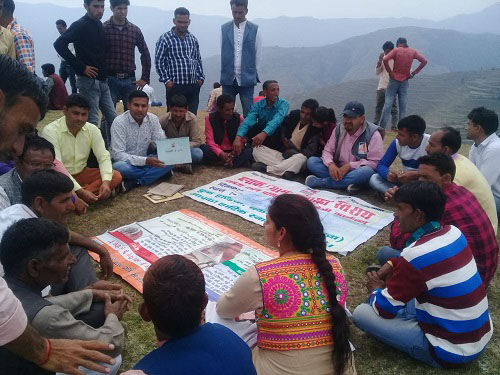
Types of livestock systems
Five classification criteria:
- Integration with crops (includes traction, manure and residual feed);
- Relation to land;
- Agro-ecological zone;
- Intensity of production; and
- Type of product.
Livestock’s contributions
- Achievement of both national and household food security;
- Reduction of poverty through generation of employment, income and savings; and
- Contribution to economic development through trade in livestock, livestock products and the supplying of raw materials to industry.
At the same time, it is also important to manage the environmental and public health implications of livestock production:
From agro-pastoral systems to mixed crop-livestock systems with different degrees of intensification
The value of livestock increases with its provision of manure for crops and of cash flow from the sales of animal products. In places with good market access, these systems could intensify sustainably by replenishing nutrients from inorganic sources and promoting better-regulated management practices. With increasing frequencies of heat stress, drought and flooding events will result in even further impacts on crop and livestock productivity.
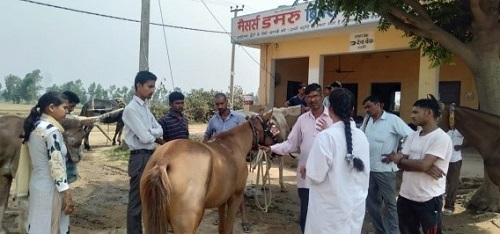
From mixed crop-livestock systems to specialized industrial landless systems
Farms tend to specialize, produce high-value commodities, or shift towards industrial and landless systems that have more limited dependence on labour and resources produced in surrounding areas. This remains dependent on resources, transport of raw materials, imports of grains, and heavy nutrient loadings due to large concentrations of animals.
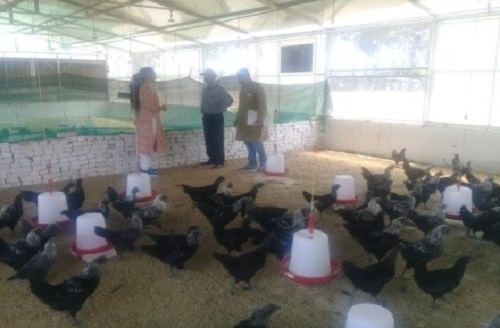
Measuring and conceptualizing vulnerability and resilience to risk is complex. On the one hand, the large variety of risk factors makes it difficult to isolate specific causes. The ability to cope also depends on which livelihood strategies are practiced.
Following are the different type of risk factors:
- Environmental factors such as heat stress, droughts or floods;
- Natural and man-made hazards such as conflict, insect plagues, malfunctioning markets and high prices;
- Socio-economic factors such as gender discrimination or a lack of efficient resource management;
- Political factors such as civil unrest and policies that affect entitlements and access to resources focusing on livestock keeping as a livelihood strategy in a risky environment.
- Economic and geographical conditions that must be in place. Livestock markets should be well developed,
- Prices should be relatively stable and reasonable,
- Disease management: There should be risk management strategies for disease management or moving cattle in case of a life-threatening drought.
- Religion disputes: All species of livestock are not entertained by all religions both as rearers and consumers.
- Livestock keeping strategies:
- Households keeping cattle and possibly also small stock (goats, sheep and pigs) and poultry;
- Households keeping small stock and possibly poultry;
- Households keeping poultry; and
- Households without livestock.
- Farm management decisions: For rural resource-poor households, farm-management decisions are crucial. These households try to allocate the limited resources they have as efficiently as possible in order to increase income security, food security and risk-coping ability.
- Access to markets and smallholder farmer’s competitiveness: The rapid increase in demand associated with income growth, urbanization and expanded regional markets, plus the relatively higher prices for livestock products compared to other agricultural products, open up new opportunities for poor people in domestic, regional and international markets. However, throughout these different levels, the major challenge is to ensure the competitiveness of smallholder farmers.
Challenges/ Issues
|
Input supply/ service provision |
Primary responsibility for input supply and service with government. More market-oriented producers get private feed, breeding and animal health services. The cooperative provides feed and animal health services to members. |
| Production | The urban / peri-urban system has an average herd size of 5 with 2 crossbred cattle. Main constraints are lack of improved breeds and feed. Improving these under local conditions increases production from 2 to 10 litres per day. |
| Assembly and Distribution | Cooperative milk collection increased tenfold to 2.6 million liters between 2000 and 2005, half of which is sold directly and half to dairy industry. Involvement of private businesses in assembly and distribution showed significant increase |
| Processing | Cooperative introducing value added processing to increase member value and also selling to dairy pasteurization plants. Private processing businesses emerging. |
| Marketing and Retail | Market differentiated between informal and formal. There is still a strong preference for unpasteurized milk from most consumers. |
| Actors and their Relationships | Linkages and governance mechanisms have been weak and ad hoc. Emerging cooperatives and processing sectors are stimulating a gradual strengthening of linkages. |
| Capacity and Skill Development | Major priorities are around improved production practices, hygiene procedures and stronger input and output market organization. |
| Distribution of Benefits | Households can capture benefits due to strong demand but require better organization for effective response to demand. |
| Investment opportunities and incentives | Steady increase in demand provides strong incentives for different market actors. Opportunity for market pulls to improve investment from household to larger levels. |
| Input supply and service provision | Currently, largely through a public technology transfer model but more responsive public, private and farmer organization mechanisms are needed for improved breeds and feed. |
| Production Technology | Better organizational arrangements for breeding and feed inputs linked to knowledge needs. |
| Organization of Producers | Producers are small, so extra efforts through innovations in knowledge management and organizational arrangements are critical. |
| Grading and Standards |
Basic hygiene procedures with better enforcement required for informal markets. Smallholders will require support to meet higher formal market standards. |
|
Processing and Marketing |
Hygienic standards in handling and marketing in the informal market; increased processing capacities to address seasonal low milk demand due to religious reasons. |
Solutions
- Increases in the price of energy would tend to shift the balance back to grass-based systems. A major breakthrough in the production of high-quality fodder in the tropics or improved digestibility of the current high-fiber tropical forages could radically shift the balance from pigs and poultry to cattle and small ruminants and from industrial production to grazing systems. It would also shift production to sub-humid tropical areas, as they have the potential for high levels of biomass production. From a global perspective, it would appear that increases in poultry production would put the least pressure on global food security, but part of the feed used in these systems competes directly with human cereal consumption. The large number of cattle worldwide (estimated at almost 1.5 billion) is responsible for about 45 percent of agricultural land use, with each animal requiring between 0.5 and 5 ha of land to feed on.

- Pressure to intensify livestock production systems has resulted in direct competition between crops for human and animal feed and biofuels. Intensification draws on technological improvements – in areas such as genetics, health, feed and farm management – that contribute to increased natural resource use efficiency and output per animal.
- A dramatic shift towards the production of monogastric animals, such as chickens and pigs, which use concentrated feeds more efficiently than cattle or sheep. Chickens and pigs also have short life cycles that accelerate genetic improvements.
- The most effective way to address fodder scarcity was to identify and disseminate new, improved varieties of fodder or dual-purpose crops.
- The core area is the center of the plot where maize, soya bean and cassava are grown for predominantly human consumption while the peripheral area is utilized for fodder crops for animals. The peripheral area consists of three strata:
Strata 1: Grasses and legumes for use during the wet season.
Grasses: Buffel (Cenchrus ciliaris) and Green Panic (Panicum maximum) Legumes: Stylo (Stylosanthes gracilis), Centrosema (Centrosema pubescens) Caribbean stylo (Stylosanthes hamata).
Strata 2: Shrub legumes for use during the middle of the dry season.
Shrubs: Gliricidia (Gliricidia sepium) and Leucaena (Leucaena leucocephala).
Strata 3: Fodder trees for producing feeds for the late dry season.
Fodder trees: Ficus (Ficus poacellie), Hibiscus (Hibiscus tilleacius) and Lannea (Lannea corromandilica).
- Reducing prices or subsidy on fodder seeds.
- Mass vaccination
- Regular monitoring and Treatment.
- First Aid Kit maintenance for minor injuries and to provide quick relief till major diagnosis is done.
- National Dairy Development Board (NDDB) of India – Through the Women’s Dairy Cooperative Leadership Programme, women in livestock-keeping households have gained more control over the sale of milk and the use of income from it.
- Heifer International, formerly known as Heifer Project International (HPI), launched a Women in Livestock Development (WiLD) initiative HPI provided women with cows, goats, buffalo or poultry, but also other resources needed for livestock production, such as easier access to water. It offered training in literacy and numeracy, strategic planning and gender equity, so as to strengthen women’s positions in the community. Given these opportunities, women were able to generate and handle income for the benefit of their families.
Sources of livestock system pressure on the environment and recommended remedial policies manifested in several ways:
- Waste production: Nutrient surpluses from production using feed concentrates in the developing world are already threatened by severe nutrient loading, which would cause eutrophication of waterways and subsequent damage to aquatic ecosystems.
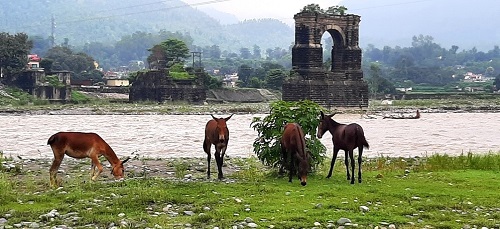
- Gas emission: Animal waste produces methane and nitrous oxide gases – one of the most aggressive greenhouse gases – and ammonia, which in turn cause acid rain and the destruction of marginal landscapes and habitats.
- Feed grain demand: Significant demand for feed grains increases the need for cultivation. More cultivation causes additional erosion, loss of plant and animal biodiversity, and puts an additional strain on the world’s scarce water resources. Delgado et al. (1999) estimate that under the normal demand scenario, the additional feed grain requirements are about 240 million tonnes, which, with an average yield of 6 tonnes per hectare, would require 40 million hectares of additional arable land to be placed under cultivation.
- Requirement for genetically uniform stock: The industrial system and the consumer require uniformity, which contributes to an erosion of domestic animal diversity as local breeds are crowded out by industrially popular breeds. The consequent narrowing of the genetic base also increases vulnerability to epidemics.
Several current technologies could mitigate these negative effects. A policy framework to induce those technologies should contain the following:
- Internalize environmental costs in the price of the product: Although more information needs to be collected on the environmental costs of industrial production units, some figures from Australia and Singapore point to a 10–15 percent direct surcharge to mitigate water and soil pollution and abate gaseous emissions (de Haan et al., 1997). The key issue will be governments’ willingness to impose these surcharges on predominantly urban consumers.
- Search for the tools (e.g. zoning, taxation) that will provide a better geographic distribution of intensive production: The key challenge of intensive production is to bring waste production in line with the absorptive capacity of the surrounding land. In particular, pig manure has high water content, and neither drying nor transporting it over long distances is economically attractive. A combination of zoning regulations and fiscal incentives, now being tested successfully in East Asia could be a solution.
- Promote the use of technologies that increase the efficiency of feed conversion, reducing inputs and nutrient emissions: A large number of technologies currently exist that could improve the digestibility of key nutrients, thereby reducing nitrogen and phosphates emissions. The adoption of such technologies should be encouraged.
- Support ecological farming practices: Mainstream sound ecological farming practices, such as integration of crops and livestock and development of markets for organic products, has potential where it is ecologically efficient on the relevant environmental parameters.
Livestock sector market opportunities and challenges in developing countries
Value chains can be viewed as a network of different functions or stages from production to consumption, including all ancillary support services. They can thus include input supply, production, assembly, transport, storage, processing, wholesaling, retailing and utilization, with exportation included as a major stage for products destined for international markets. Embedded within these linkages are the coordination and governance mechanisms that establish rules for transactions, as well as the institutions that mediate those relationships.
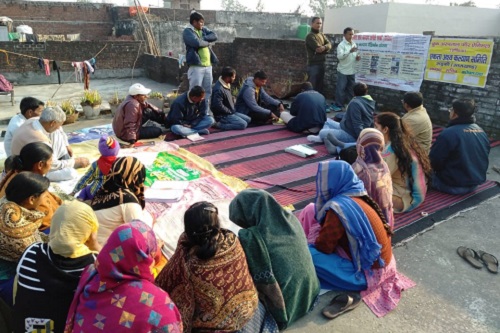
Livestock value chains– opportunities and threats for the poor in different regions of the developing world
- Much of this demand growth is fueled by urbanization, rising incomes and diversification of diets away from grains and towards more sophisticated sources of protein.
- Consumer demands are evolving and smallholder dairy systems will need to adapt. In input supply, the supply of improved animals is invariably low, whether for improved indigenous animals, crossbreds or introduced breeds.
- Disease risk is an important market access driver of many livestock value chains, especially when they graduate from local and regional to international export markets. Commodity-based trade (Thomson et al., 2008) is an important, novel approach to mitigating disease-shock threats and increasing market access, although its acceptance among global trading partners remains extremely limited.
- Moreover, producers face increasing pressure from low-cost competitors that have economies of scale, low-cost production systems and highly sophisticated supply chains for the distribution of a diversity of different breeds.
- As a result, smallholder farmers are wary of large production costs, especially for feed, and industrial production systems that depend heavily on external inputs. Although globalization might increase trade, infrastructure (port facilities, road and communication networks) constraints and higher transportation costs in the developing world pose serious challenges.
- Traditional production systems based on pasture and local forages are experiencing challenges due to degradation of the natural resource base and declining land sizes.
- As population density increases and less land becomes available, there is a general trend for crop and livestock activities to integrate.
- The intensification and concentration of the livestock industry over the last decades is threatening to crowd out the poor. Successfully protecting the smallholders therefore, depends to a large extent on the level and success of pro-poor policies, institutions and technologies focused on poverty alleviation (de Haan et al., 2001).
Mitigating the negative effects and enhancing the positive effects of livestock intensification, and to enhance sustainability, the following factors have become crucial: environmental impact, markets, food safety and institutional arrangements.
Strategies leading to risk reduction
- Livestock can be used as collateral for loans to start non-farm enterprises. Ellis and Freeman (2004) described livestock as a substitutable asset that can be sold in order to invest in land or small businesses and vice versa. Non-farm income can be used to build up herds and obtain the necessary inputs.
- Income can be gained from selling animals and by-products.
- Households with larger livestock holdings seem to be less risk averse and thus perhaps more willing to invest and diversify outside agriculture in off-farm activities.
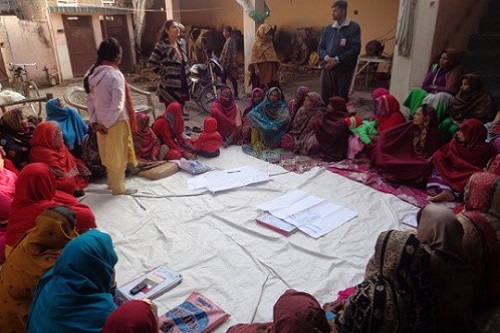
These studies lead to the conclusion that livestock can be used to overcome vulnerability both directly through income from animal products and distress sale and indirectly through providing opportunities to obtain credit and facilitating investment by serving as insurance and thereby increasing risk-bearing capacity. There seem to be significant opportunities in livestock systems for improving environmental management while also improving the livelihoods of poor people. Sustainable intensification of smallholder systems could offer promising alternatives to increase food production. We need to provide significant incentives so that the marginal rangeland areas, often rich in biodiversity, can be protected and farmers can benefit from them. Achieving this will require a subtle balancing act. Cross-cutting commitment will be required from the science community, policy makers and other stakeholders if livestock are going to continue having a significant role in the livelihoods of millions of people around the world.
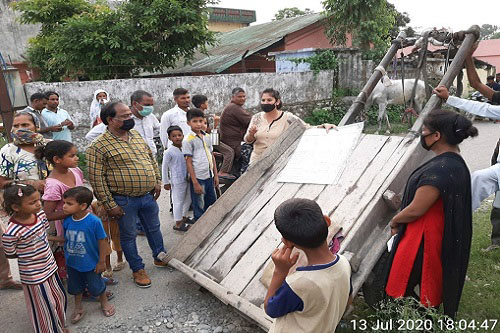

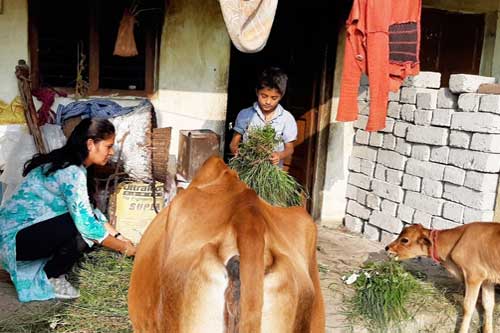

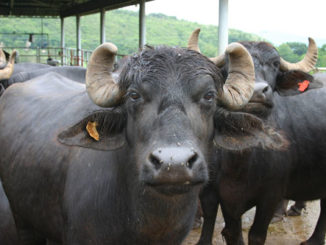
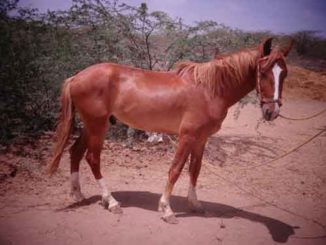
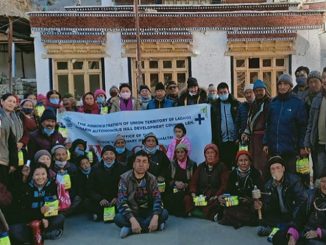

Be the first to comment